Global Energy Transformation and the Taiwan Market: OEG's Future Layout
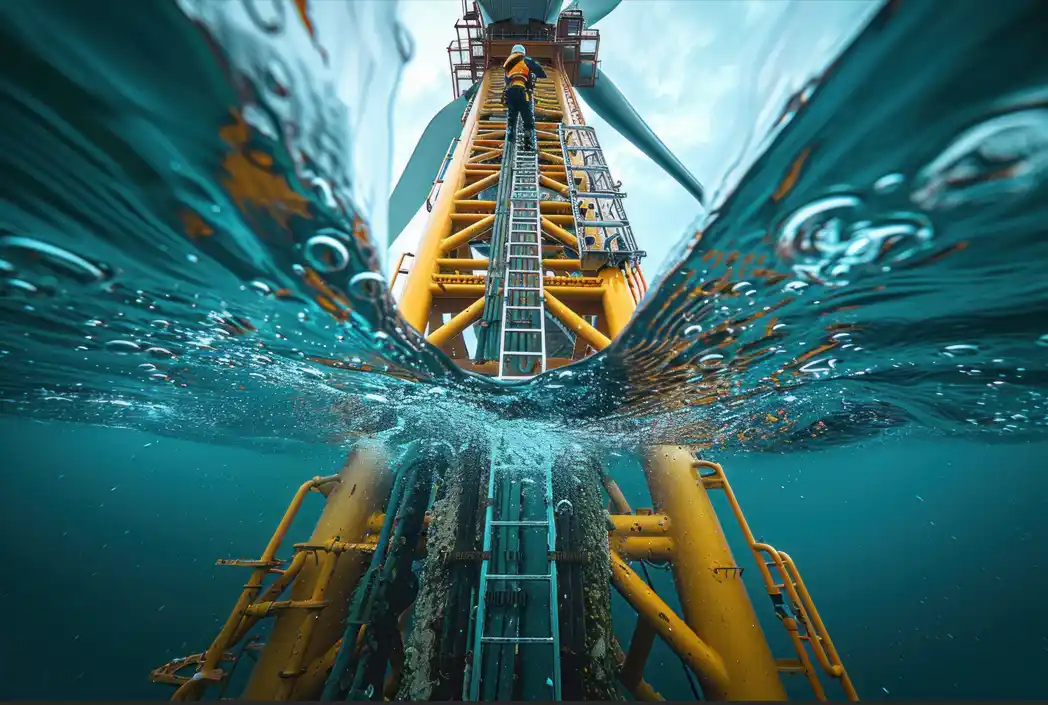
Global Energy Transformation and the Taiwan Market: OEG's Future Layout
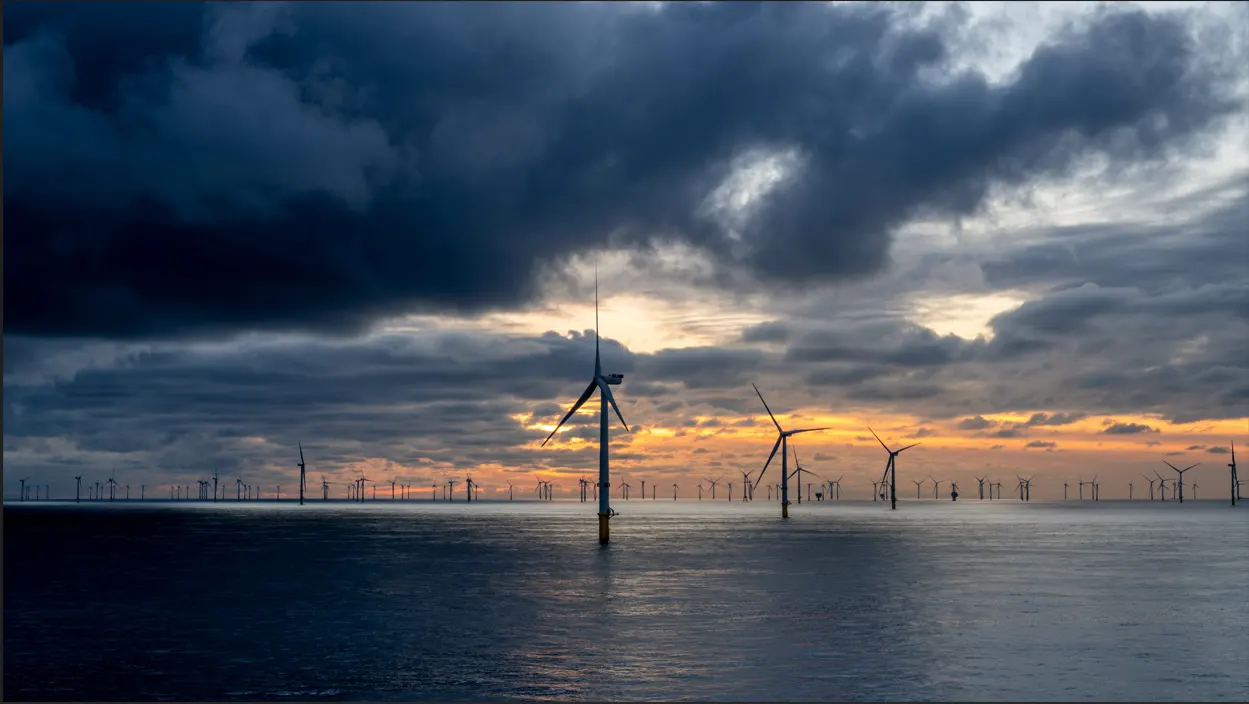
By Xin-En Wu
As the global energy transition accelerates, Taiwan has leveraged its unique policy advantages and market strengths to play a pivotal role in the Asia-Pacific region.
Discussing Taiwan's position in the regional energy market, Kevin Wu, OEG's Regional Director for APAC (Renewables), stated: "From our participation in the first-phase demonstration wind farms to the present, Taiwan has been able to achieve a leading market position primarily due to its well-defined policy framework. Since OEG entered Taiwan in 2018, we have been committed to leveraging this advantage, gradually establishing a solid market share and a well-structured operational system."
In the same interview, Louise Liu, OEG's Head of Commercial APAC (Renewables), reinforced this point, adding: "Compared to Japan, South Korea, and even Australia, Taiwan holds a significant edge in market scale and policy support. These factors have enabled OEG to actively expand its presence in the region."
Current Status and Challenges in Taiwan's Energy Market
According to Kevin Wu, Taiwan is currently focused on fixed-bottom foundation technology, commonly referred to in the industry as the "fixed-type" phase. "Historically, Taiwan's development pace was roughly three years ahead of Japan, another three years ahead of South Korea, with Australia lagging even further behind. However, due to recent policy delays in key milestones such as Rounds 3.1 and 3.2, Taiwan's technological lead has gradually narrowed. At present, we observe that Japan may now be only one to two years behind us," Wu explained.

Kevin Wu, OEG Regional Director APAC (Renewables)
He pointed out that while Taiwan's policy-driven market leadership has provided an initial advantage, uncertainty in policy execution has opened the door for competitors to catch up, posing a significant risk to Taiwan’s market position. Additionally, Wu emphasized that Taiwan's unique market position is not just a result of technological leadership but is also closely linked to regional energy strategies.
Discussing the China market, he noted: "In the Asia-Pacific region, China has the world's largest installed offshore wind capacity and immense development potential. However, its development model is relatively closed and heavily guided by national strategies and policy mandates. From a market competition and development perspective, it is difficult to compare China directly with other countries and regions."
He also highlighted the challenges of Vietnam's offshore wind sector, stating: "Due to geopolitical factors and political-cultural considerations, Vietnam is regarded as a relatively complex market for many international developers. Despite its significant offshore and intertidal wind turbine capacity, policy execution and market dynamics remain uncertain. Over the past few years, the industry has yet to see clear, encouraging progress."
Given these regional market conditions, OEG continues to prioritize Taiwan as its key strategic market in the Asia-Pacific region. Taiwan's early large-scale policy implementation provided the local industry with a first-mover advantage, allowing it to develop both technological expertise and supply chain capabilities.
Moreover, OEG has leveraged its specialized offshore and subsea construction assets, crew transfer vessels (CTVs), extensive manpower resources, and strong market presence to establish a solid foundation for future expansion in the APAC region.
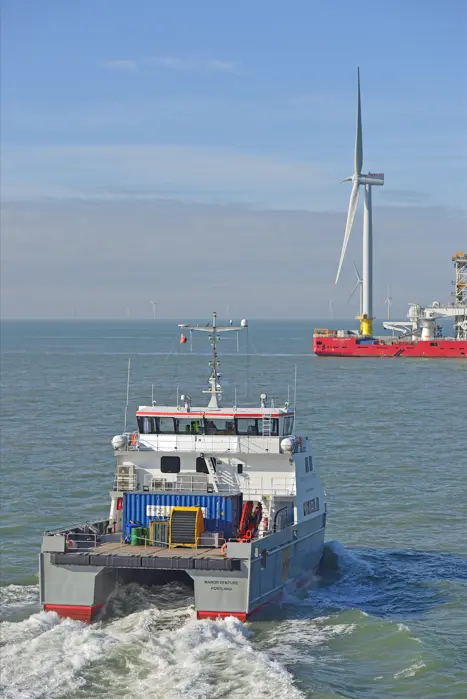
However, Wu acknowledged that as an international company, OEG must remain agile and responsive to global market dynamics: "If the overall market landscape shifts, we have the capability to redeploy resources and adjust our focus accordingly. The key factors will be future government policies and Taiwan's remaining offshore wind capacity for further development."
He further emphasized that as fixed-bottom offshore wind technology matures, available development space is rapidly diminishing. This suggests that within the next decade, the fixed-bottom segment may reach full market saturation.
From both a policy and market perspective, while Taiwan currently holds a leading position, it simultaneously faces the dual challenge of technological transformation and policy uncertainty.
"Once the fixed-bottom phase reaches its peak and becomes constrained by spatial limitations, the next major battleground will inevitably shift towards floating offshore wind. This transition has already raised concerns among foreign developers and investors: How long can Taiwan maintain its leadership position in the Asia-Pacific offshore wind sector?"
This statement underscores the uncertainties Taiwan faces in balancing policy direction and technological transition, leaving the industry eager for further clarity on its long-term development roadmap.
The Transition from Fixed-Bottom to Floating Offshore Wind
The shift from fixed-bottom to floating offshore wind technology has become a key focal point for the industry. Kevin Wu provided an in-depth analysis, stating: "Taiwan currently retains a technological advantage in fixed-bottom wind, but we must acknowledge an inevitable reality—over time, the available development capacity for fixed-bottom projects will be fully utilized. Within the next decade, this segment will likely reach its saturation point."
He further explained that as Rounds 3.1 and 3.2 near completion, the remaining developable space for fixed-bottom projects is extremely limited. Even if future demand arises, spatial and environmental constraints will significantly restrict new projects.
Discussing floating offshore wind, Wu described it as a frontier challenge that requires cutting-edge technological advancements: "Although floating wind technology has emerged later than fixed-bottom, it plays a crucial role in the overall supply chain ecosystem. Additionally, OEG’s extensive experience in the oil and gas sector gives us a significant advantage in floating offshore wind operations and maintenance (O&M)."
However, Wu pointed out that while Taiwan has made substantial progress in fixed-bottom wind farm deployment, its floating wind sector remains behind Japan and South Korea.
Taiwan had actively planned floating wind demonstration projects over the past two years, originally scheduled for execution by 2028. However, continuous government delays in policy announcements and regulatory framework development have left the market in a state of uncertainty.
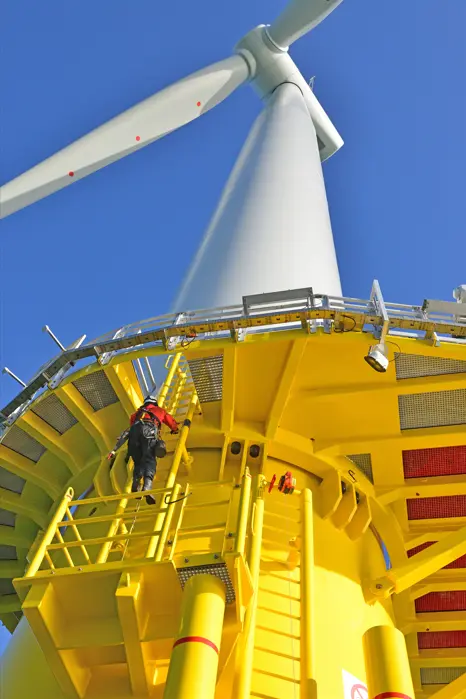
"Despite high market expectations for floating offshore wind, unclear policies have led to hesitation and reluctance among developers," Wu remarked. "The greatest concern at present is the lack of clear government policy direction. This uncertainty significantly impacts industry stakeholders' investment confidence and technology roadmap planning. If policy delays persist or remain ambiguous, within the next 5 to 10 years, many technology teams—including ours—may face a difficult decision: should we continue treating Taiwan as our primary APAC hub, or should we shift our focus to other markets?"
From a technological transition perspective, Wu noted that floating wind technology offers greater flexibility but is still in the early stages of development. Fortunately, Taiwan’s existing offshore wind supply chain, built around fixed-bottom wind, could serve as a strong foundation for floating wind expansion.
However, technical challenges are not the primary bottleneck—the real constraints lie in policy direction and infrastructure readiness. Wu highlighted OEG's experience in the oil and gas sector, explaining how it can be applied to floating offshore wind technology: "We have participated in floating production storage and offloading (FPSO) projects, as well as multiple floating wind farm developments. From a topside engineering perspective, many of the technologies are similar. The primary challenges, however, lie in subsea infrastructure. Fortunately, we can leverage expertise from other industries to close this gap, making the overall technological transition more manageable."
However, Wu emphasized that O&M execution for floating wind farms remains a major unresolved issue: "Once these projects enter the O&M phase, how can we align offshore wind operations with national spatial policies and limited port infrastructure? This remains one of the most pressing challenges."
Wu stressed that such complex operational challenges cannot be solved through theoretical discussions alone: "Many logistical details and real-world challenges must be addressed through actual demonstration projects. Government policies regarding offshore zones, port infrastructure, and industry development must align with the needs of floating wind deployment."
He asserted that cross-industry technology transfer is essential for reducing technical barriers and accelerating Taiwan’s floating wind sector growth.
When asked about foreign investors' concerns regarding Taiwan's shifting policy landscape, Wu acknowledged that uncertainty is a major issue: "Foreign investors are understandably cautious, particularly as fixed-bottom projects approach full market saturation, while floating wind development remains at an early stage."
Meanwhile, competition for offshore wind resources is intensifying globally: "Countries worldwide are now competing for limited market resources, including investment capital, construction vessels, wind turbine supply chain capacity, and skilled workforce. If Taiwan’s floating wind development remains stalled, resources that could have been allocated here will inevitably be diverted to other markets."

Nonetheless, Wu identified a potential policy breakthrough in the upcoming Round 3.3 auction, which could signal regulatory relaxation and increased market flexibility—a positive development for foreign investors.
However, he cautioned that policy adjustments alone are not enough:
"Even with positive regulatory signals, Taiwan must address its infrastructure planning, port availability, and supply chain management to sustain long-term offshore wind competitiveness."
Wu also highlighted the delicate balance between localization policies and international industry competitiveness: "Localization policies are crucial for fostering new industries, injecting capital, and creating long-term growth opportunities. However, as the market matures, localization should gradually transition into globalization to integrate Taiwan's offshore wind sector with the global supply chain."
"At the same time, the key to long-term success is economic viability. National policies should be strategically aligned to channel resources into the most effective industrial development pathways—this is where policy direction should demonstrate both vision and foresight."
In summary, the transition from fixed-bottom to floating offshore wind is not just a technical challenge—it is a complex issue that intersects policy direction, infrastructure readiness, and market strategy. Wu concluded: "This is an unavoidable challenge for Taiwan and the entire Asia-Pacific region as part of the global energy transition. The ability to balance technological development with supportive policies will directly determine Taiwan's long-term competitiveness in the global offshore wind industry."
OEG's Comprehensive O&M Services and Future International Expansion
As a global company, OEG's core competitive edge extends beyond the transition from fixed-bottom to floating offshore wind technology—it also lies in its comprehensive operations and maintenance (O&M) services.
Louise Liu, OEG's Head of Commercial APAC (Renewables), explained:
"Our O&M team is divided into two main segments: one focuses on wind turbine generator (WTG) OEM-related O&M services, while the other provides full-scope balance-of-plant (BOP) solutions."
She further elaborated that while many European companies offer turnkey solutions, they often focus solely on high-level contract management without delivering full-scope project execution.

Louise Liu, OEG Head of Commercial APAC (Renewables)
In contrast, OEG integrates in-house expertise across four key areas—Topside, Subsea, Cable, and Marine—which includes high-voltage operation and control capabilities. This enables OEG to provide end-to-end, fully integrated solutions covering planning, construction, and O&M, simplifying interface management and enhancing risk control.
Liu confidently emphasized: "Not only do we have a fully in-house team, but we also facilitate technology transfer when collaborating with local partners. When we identify gaps in technical expertise within local teams, we bring in international specialists and advanced technologies to upskill local teams and close those gaps. This seamless, full-service O&M model is something that contract management-based companies simply cannot offer."
To bolster its wind turbine O&M services, OEG acquired OPS last year, expanding its workforce to over 150 certified technicians. These professionals are trained to perform blade inspection, routine maintenance, and rapid response troubleshooting.
For projects involving major wind turbine OEMs, OEG has deployed authorized technicians to work closely with local O&M teams, improving turbine performance, resolving technical challenges, and providing training programs.
Liu proudly noted: "Our technicians are not only highly experienced but also work on-site alongside client all-in-one teams. Thanks to our trusted service reputation, clients continue to engage OEG in long-term partnerships, even signing global framework agreements with us. Through cutting-edge technology, proven track records, and strong O&M management capabilities, we are helping operators optimize wind farm performance and efficiency worldwide."
Liu further emphasized that OEG's objective is to become a global leader in offshore wind O&M, adopting a flexible service model.
For wind turbine maintenance, OEG operates under a tiered service strategy:
• During the wind turbine service agreement (SAA) period, OEG provides technical support and assistance to turbine OEMs.
• Once the SAA expires, OEG can transition into an independent service provider (ISP), taking over full turbine maintenance operations.
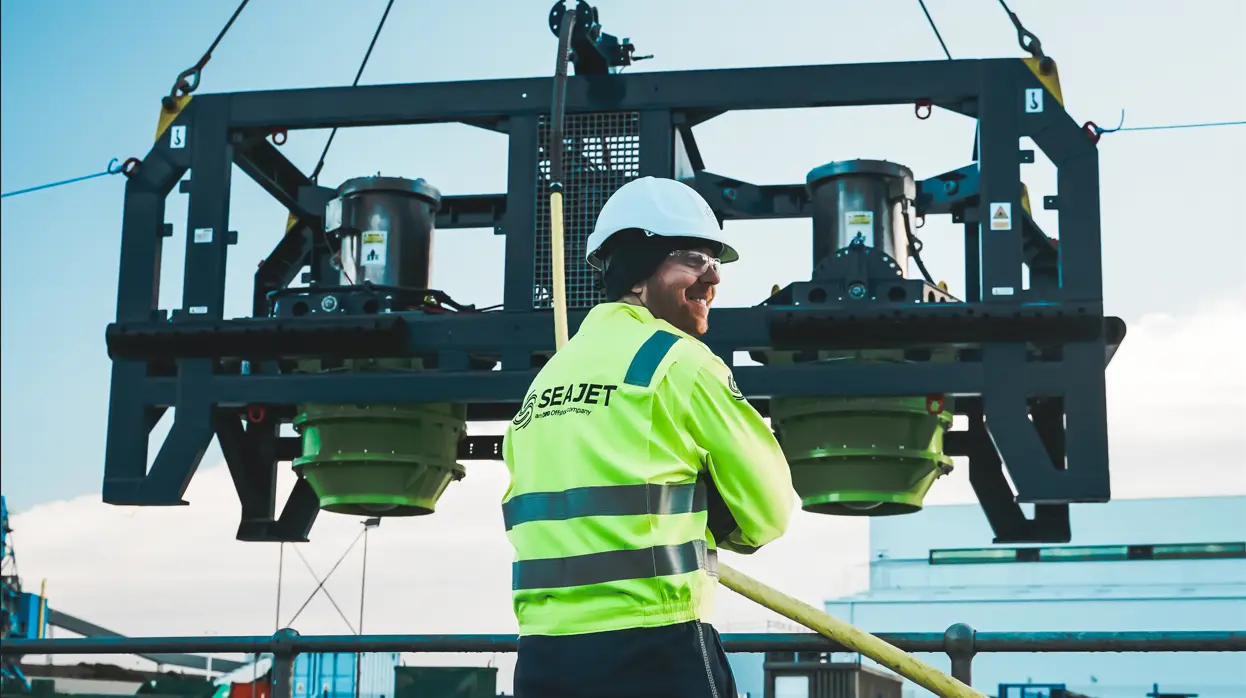
"Our goal is to become one of the few global companies capable of providing comprehensive turnkey and one-stop O&M solutions across all levels of offshore wind operations," Liu stated.
As a leading BOP O&M provider, OEG's core strength lies in its ability to integrate technical expertise with full-process management. Liu contrasted OEG with other international players that primarily focus on contract management, explaining: "We have a fully self-sufficient operations team, enabling us to execute inspections and maintenance for topside and subsea structures, high-voltage operations, offshore and onshore substations, as well as CTV fleet support—all under one service umbrella."
This holistic approach allows OEG to efficiently allocate resources, ensuring swift technical intervention and problem-solving when unforeseen issues arise, thereby safeguarding project timelines and operational efficiency.
Facing intensified international competition, Liu acknowledged that OEG's strategic focus may evolve based on market developments:
"Currently, aside from China, Taiwan remains the largest offshore wind market in the Asia-Pacific region. However, if the regional or global market landscape changes, we are prepared to redirect strategic resources to other countries or regions as needed. This has always been part of our broader planning."
She further highlighted that as fixed-bottom offshore wind reaches full market saturation, floating wind technology and its associated market expansion will become the next strategic priority. OEG has already begun actively building expertise and securing market resources in this area.
On the branding front, OEG has taken strategic steps to consolidate its market identity. Liu explained that due to multiple acquisitions in recent years, some of OEG's subsidiaries have well-established international reputations under different brand names. However, this fragmentation has sometimes caused market confusion and communication challenges with clients.
To address this, OEG has restructured its branding strategy, progressively integrating acquired companies under the OEG brand family. "By gradually phasing out previous standalone brand names, we aim to streamline market perception and showcase the full strength of OEG's integrated technical, service, and global capabilities," Liu explained.
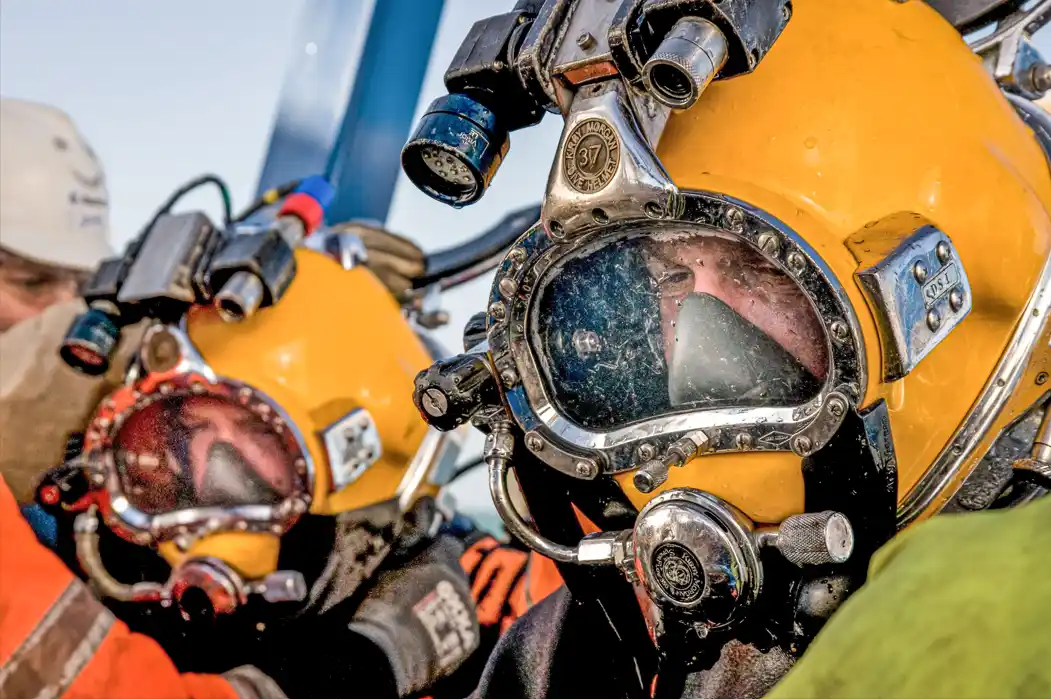
She added: "OEG's brand encompasses a diverse range of expertise, and our goal is to communicate these capabilities in a cohesive and coordinated manner."
This initiative is designed to enhance brand recognition and reflects OEG's ongoing transformation from a specialized technology provider to a comprehensive offshore energy solutions company.
With its extensive technical expertise, all-encompassing O&M solutions, and flexible market strategy, OEG is steadily transitioning from a niche technology supplier into a fully integrated energy service company, covering all aspects of offshore wind development—from design and construction to full lifecycle O&M.
As fixed-bottom offshore wind nears saturation and floating wind presents new technological challenges, OEG has already positioned itself to lead the industry into the next phase of offshore wind innovation.
Future Outlook and the Strategic Significance of International Expansion
Regarding market trends and OEG’s international expansion strategy, Wu outlined a clear vision and strategic perspective. While Taiwan currently holds a strong technological and market leadership position in the Asia-Pacific region, he emphasized that as technology evolves and policy landscapes shift, future competition will extend beyond technological capabilities to global resource integration and strategic positioning.
"In the context of the global energy transition, government policies, resource allocation, and market openness will have a profound impact on corporate development. Taiwan's leadership in fixed-bottom technology is not permanent; as the market reaches saturation, we must proactively prepare for the shift to floating offshore wind and recalibrate our international strategy accordingly."
This means that over the next 5 to 10 years, OEG may reassess Taiwan's role as its primary APAC hub based on global market conditions and policy developments.
Discussing global positioning, Wu emphasized: "As an international company, we always make strategic decisions based on local economic viability and policy environments. While Taiwan remains the largest and most open offshore wind market in the Asia-Pacific region, we also recognize that as the global energy transition accelerates, the demand for floating wind technology will rise rapidly—driven by deeper waters and larger turbine sizes.
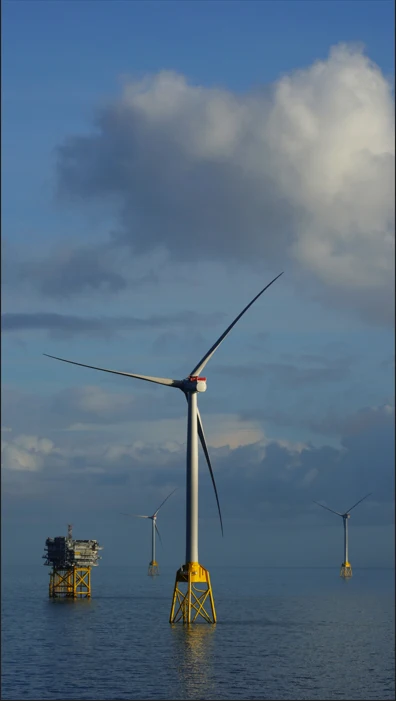
When that time comes, we must position our core capabilities and resources in regional strategic centers to effectively deploy assets and respond to the diverse demands of fixed-bottom, floating offshore wind, and other offshore infrastructure projects." This statement reflects OEG's macro-level understanding of the global energy market and its long-term expansion strategy. Despite the growing demand for floating offshore wind, policy alignment and infrastructure constraints remain critical challenges. Wu noted: "Taiwan currently faces uncertainties in O&M (Operations & Maintenance) policies. The government has been discussing feed-in tariffs (FIT) and long-term development plans for years, yet there is still no clear roadmap.
More importantly, while there has been discussion about using international project models to support floating wind development, Taiwan lacks the necessary port infrastructure and logistical support to ensure efficient execution."
This infrastructure gap makes it difficult for developers and investors to plan their long-term presence in Taiwan's offshore wind market.
"The complexity of permitting, regulatory forecasting, and investment modeling directly impacts developers' willingness to commit capital," Wu explained.
Wu emphasized that only by ensuring economic viability can Taiwan remain competitive in the global offshore wind sector. "For Taiwan to maintain its leadership, policy adjustments must go beyond short-term incentives. The focus should be on long-term economic feasibility—ensuring that government resources and industry policies are aligned to drive effective and sustainable development."
Moving forward, OEG's growth strategy will shift from a single-market approach to a globally diversified expansion model.
Wu highlighted: "Since entering Taiwan, we have always believed that technology and service excellence are the core drivers of corporate competitiveness. In the fast-evolving global energy transition, only companies that can quickly adapt, pivot strategically, and integrate global resources will emerge as leaders."
Based on this vision, OEG has already initiated a multi-tiered approach that spans: Fixed-bottom offshore wind; Floating wind technology development; Comprehensive O&M services; Technology transfer and international collaborations.
These initiatives aim to enhance OEG's influence and competitiveness in the global offshore energy market.
Wu concluded with an outlook on the next decade: "In the next 5 to 10 years, the global energy market will undergo major transformations. While Taiwan currently has a first-mover advantage, we must be fully prepared for emerging challenges in technology and policy shifts. OEG will continue to leverage its comprehensive technical capabilities and flexible market strategies, foster partnerships with regional and local talent, and drive industry innovation—ensuring that we remain at the forefront of the global energy transition."
Taiwan's offshore wind market, supported by policy incentives and technological advancements, remains a leader in the region. However, it faces growing challenges as fixed-bottom capacity becomes saturated and the industry transitions toward floating wind. OEG's transformation and strategic planning not only reflect its corporate vision but also highlight the evolving dynamics of the global energy sector—where technological advancements, regulatory frameworks, and market demand must align for long-term success. As fixed-bottom projects near completion and floating wind technology matures, the offshore wind industry must navigate the complexities of global competition, technology deployment, and operational optimization.
"We are optimistic about the future and look forward to collaborating with global partners to navigate the challenges and opportunities brought by the energy transition," Wu stated.
Reference:
[1] An FPSO is a type of floating storage and offloading facility primarily utilized in the oil and gas extraction sector. In contrast to the conventional FPSO—short for Floating Production, Storage, and Offloading—which integrates production capabilities, this variant typically lacks processing functions, focusing instead on the temporary storage and offloading of oil.
[2] The term “topside” broadly refers to all structures and equipment located above the deck of an offshore platform or floating facility. These installations support a range of core operational functions, encompassing not only production and processing systems but also energy supply, control centers, power units, auxiliary facilities, as well as accommodation and safety systems.
More related articles
